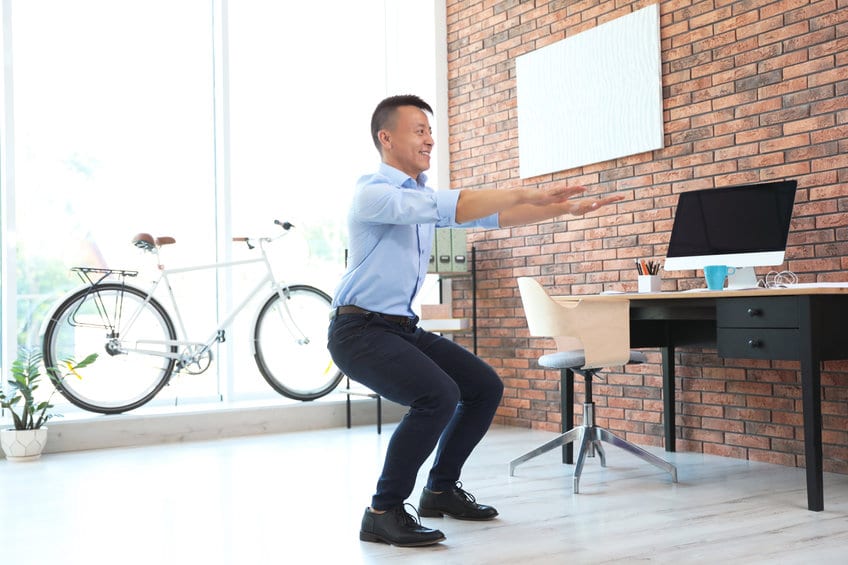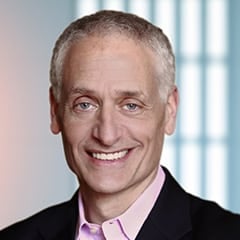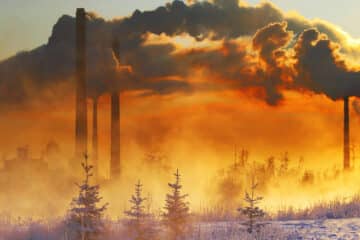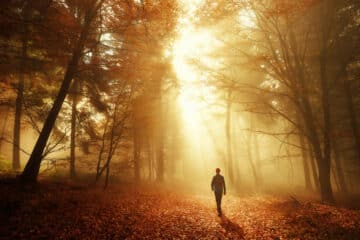
Is sitting as bad for us as we have been led to believe? Can “active” sitting minimize some of the downstream effects of sitting for long periods of time? Evolutionarily speaking, many hunter-gatherer tribes spend hours sitting. They don’t suffer from the same chronic disease burden we do. They remain active well into their 70s. Natural selection and evolution should inform our discussions of activities that modern science tries to “medicalize” in its quest to make us healthier.
Medicalization of normal human conditions
Medicalization is the process of treating regular human conditions as if they were serious medical conditions. Humans have many issues that are evolutionarily well preserved. My own field of Orthopedic Surgery is no different. Medicalizing normality creates health conditions where none exist.
Take for example a recent post I wrote about whether or not we should investigate the cause of all joint pain. Did you know that many 50-year-olds who are running, playing tennis, golf or cycling without pain have meniscus tears, rotator cuff tears, partial tears, “tendinopathy”, and disc herniations— but they don’t know it! We age… we age inside too. Should we treat these age-appropriate findings that have no impact on our activity?
Is sitting really the new smoking?
There are a variety of “conditions” or “diseases” that are truly not medical conditions at all; yet, our society labels them as such. One common example is “sitting is the new smoking.” Our sedentary behavior is now labeled as a “disease” needing treatment just like cardiovascular disease, diabetes, etc.
Well… We are far more sedentary than our ancestors. We are far more sedentary than the few remaining hunter-gatherer tribes. Folks in the Blue Zones who often live to be over 100 do not exercise. But they move a lot. On an evolutionary time scale, exercise – or purposeful movement with no other goal other than health pursuits has only been around for 0.00001% of the time since our ancestors arrived on the planet. Industrialization has not been kind to our health and well-being.
Sitting for too long is not particularly good for us… but mostly because we are not very active when we aren’t sitting. The Hadza tribes sit or squat for hours… but that’s after a day-long hunt or a 10,000 step walk to find tubers.
Our sedentary industrialized lifestyle has not been kind to us. The WHO lists inactivity as a leading cause of death. While a heart attack, type 2 diabetes, or a fatty liver might be listed as the cause of death on formal documents, it is often the lack of activity during our lives that led to this outcome.
Sitting for too long isn’t good for us… but should we equate that with smoking?
Smoking is the purposeful act of inhaling a toxic cadre of chemicals known to kill us. Do people who sit purposefully pursue this activity despite knowing it is bad for them? No. Most people do not.

General sedentary behavior is not a true medical condition; however, too much of it can lead to diseases (i.e. heart disease), which will require medical attention. Sitting for too long at one time, or not getting enough steps (6-8000) has significant effects on our body:
- Increase insulin resistance- precusor to type 2 diabetes
- decrease bone health- increased risk of osteoporosis
- increase in chronic inflammation
- increase in risk of developing heart disease
- increases risk of dementia: Many dementia cases can be avoided
Is all sitting bad for us? No… it’s not. Everything in moderation, right? Even too much water is not good for our health. We must detach the idea of sitting and smoking to be synonymous as it relates to our health. For we can agree – smoking in any capacity will lead to health consequences. Yet, some sitting or “sedentary” activities do not always lead to poor health outcomes.
Let’s not label sitting as “bad for you.” Instead, there are healthy and unhealthy forms of sitting. The unhealthy being watching too much television, or working too long (>1-4 hours) without a movement break. Examples of sitting activities that are healthy include:
- Meditation.
- Dinner with your family or friends
- Playing the piano or other instrument.
- Reading a book.
- Yoga or stretching.
- Calling a friend or family member.
- Writing a letter.
- Knitting a scarf.
- Doing a puzzle.
This is precisely why we wrote about exercise “snacking” in this article.

The above “sedentary behaviors” have something in common – in that – they all address other aspects of our “health” that are not physical. Being a healthy, well-balanced human being means engaging in activities that enhance our physical, emotional, mental, and social capacities equally. And sometimes, that involves sitting.
Active sitting
If you look online there are many active sitting chairs or stools. They are more giving, have some wobble built into them. They require muscles to activate to keep you in position. Any muscle movement is better than no muscle movement. And no, you don’t need a chair with great lumbar support. It’s not the chair or lack of support that leads to back pain… it’s a weak back that leads to back pain. Chair lumbar supports haven’t been around for long… folks have sat on stools or pillows for thousands of years without mention of an epidemic of back pain.
How Much Sitting is “Too” Much?
Unfortunately, there is not enough research to quantify an amount of sitting that is “too much.” That number, whatever it is will differ for everyone and depends on their activity levels throughout the day (i.e. exercise, occupation, etc.). The current literature finds that a majority of individuals are sitting >7.5hours/day and that these same individuals are at a higher risk for developing chronic disease.
Do you have questions regarding an Orthopedic injury or longevity?
Do you want to talk to an expert who can listen to you for 45-60 minutes and explain the options in detail?
Dr. Howard Luks offers remote guidance sessions to review your X-ray or MRI images and explain your options.
Dr. Luks has also received hundreds of requests for educational sessions on the topics discussed in his book, Longevity Simplified.
Even if they went to a workout class for 45 minutes in the morning, but sat the rest of the day. Moving once a day is not enough. And you don’t need to get up every 15 minutes and walk a mile. Movement is life. Our goals should not necessarily be to sweat and grunt on our Peloton for 30 minutes only to sit the rest of the day. We should strive to walk more… move more… and occasionally push and pull heavy objects. Remember, members of our society who live the longest aren’t the ones who exercise… they are the ones who move around most of the day, have strong social connections, eat well, and have a sense of purpose.
Similarly – if you ate a green smoothie for breakfast but then only ice cream the rest of the day – well – then our bodies will not reap all the benefits of the smoothie as much as they are trying to recover from a day’s worth of ice cream.
If being sedentary is the nature of your occupation – or – of a particular day, then try breaking up your sedentary movements with exercise snacks! You can read about the concept of exercise snacking and ways to add movement into your day that are short, easy, and attainable.
References:












